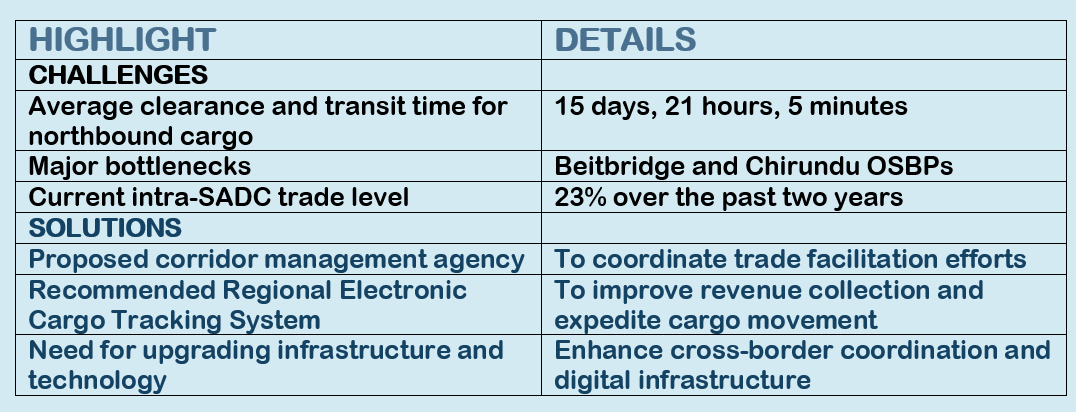
Audrey Galawu
Assistant Editor
A study commissioned by the Southern African Development Community with support from the European Union under the Trade Facilitation Programme has identified key inefficiencies in the clearance and movement of goods along the North-South Corridor.
The Time Release Study whose key findings have recently been shared by SADC found that the average clearance and transit time for northbound cargo along the corridor is 15 days, 21 hours, and 5 minutes.
The study highlights major bottlenecks at Beitbridge and Chirundu One-Stop Border Posts, affecting trade efficiency between Durban Port in South Africa and Kasumbalesa in Zambia.
Related Stories
Mr. Batsirai Chadzingwa, Commissioner of Customs and Excise for Zimbabwe, emphasized the necessity for coordinated border management systems and improved information sharing to reduce delays. He also highlighted the need for continuous upgrading of border posts, seaports, and road infrastructure to facilitate trade.
Mr. Alcides Monteiro, Senior Programme Officer for Customs and Task Manager of the EU-SADC Trade Facilitation Programme, stated that intra-SADC trade stood at 23% over the past two years. He noted, "While this is a fair performance, there is potential for improvement, and it would not have been achieved without the implementation of the Free Trade Area."
The TRS recommends the establishment of a corridor management agency to coordinate trade facilitation efforts among Member States. Other key recommendations include implementing a Regional Electronic Cargo Tracking System to improve revenue collection, enhance confidence in the trade system, and expedite the movement of goods.
Additional recommendations from the report focus on strengthening cross-border coordination, harmonizing trade procedures, upgrading digital and physical infrastructure, and integrating technology to enhance trade facilitation. The study’s findings have been handed over to SADC Member States for implementation.
The report provides a structured approach to improving trade efficiency in the region by addressing transit delays and reducing costs associated with border processes.
Its implementation is expected to contribute to the goals outlined in the Regional Indicative Strategy Development Plan (RISDP) 2020-2030 and the SADC Free Trade Area.







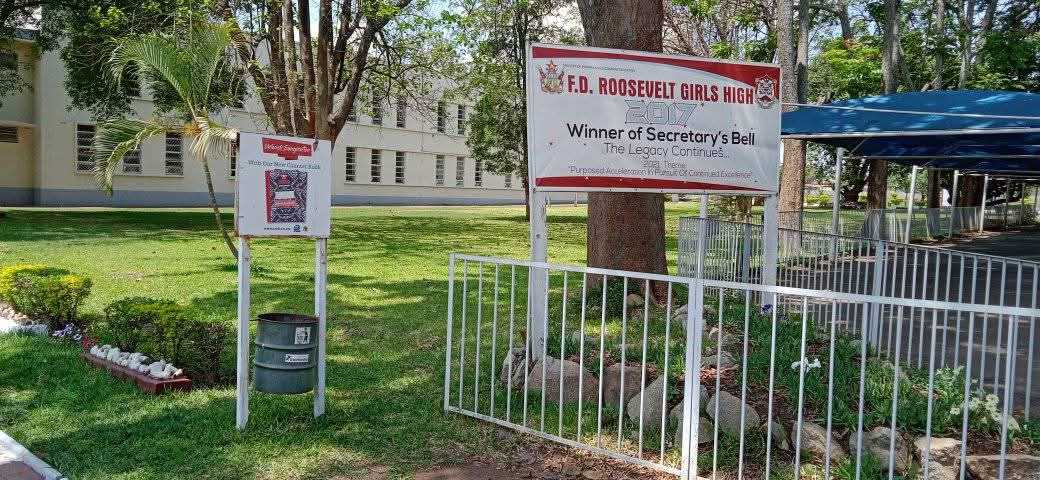


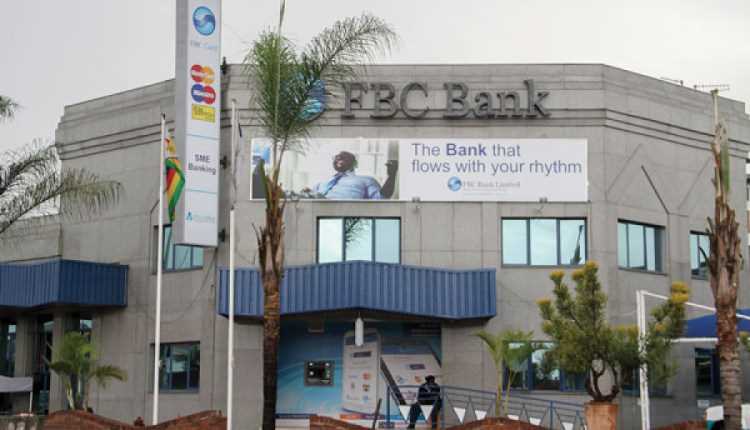



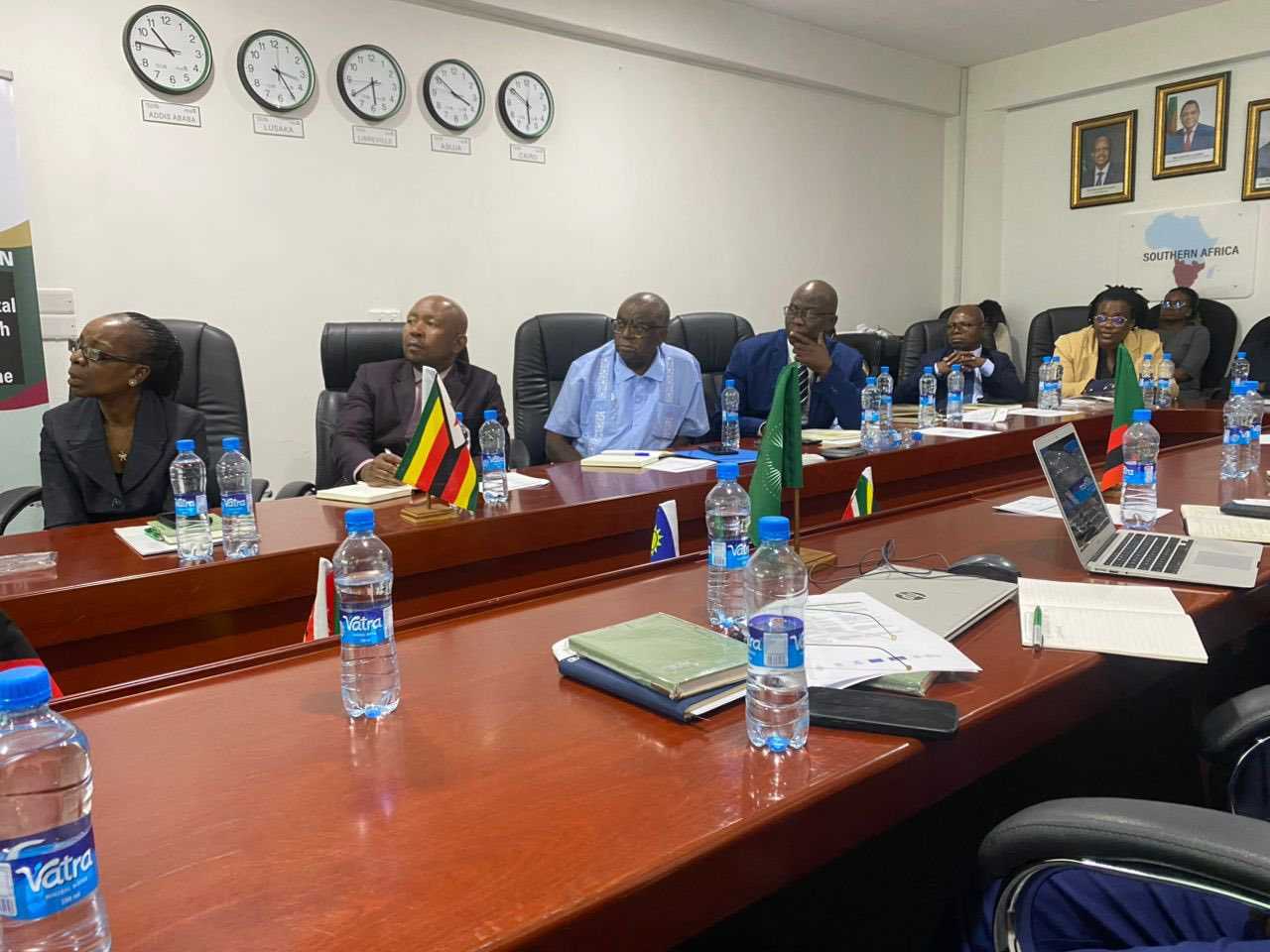
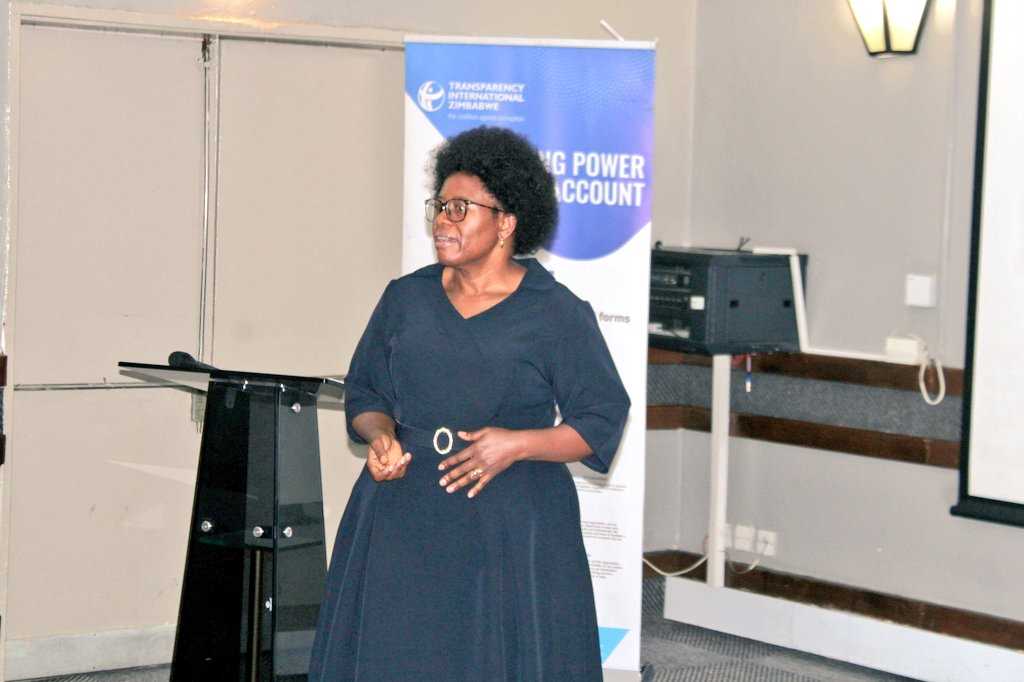

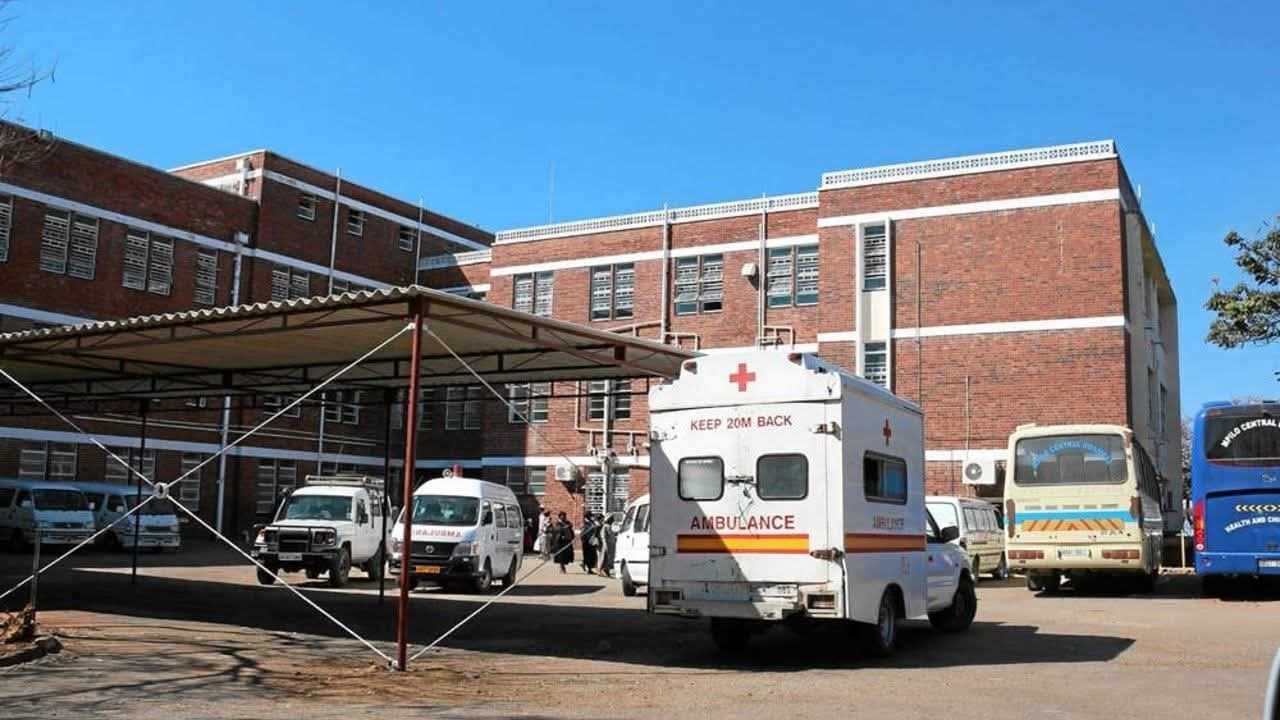


Leave Comments